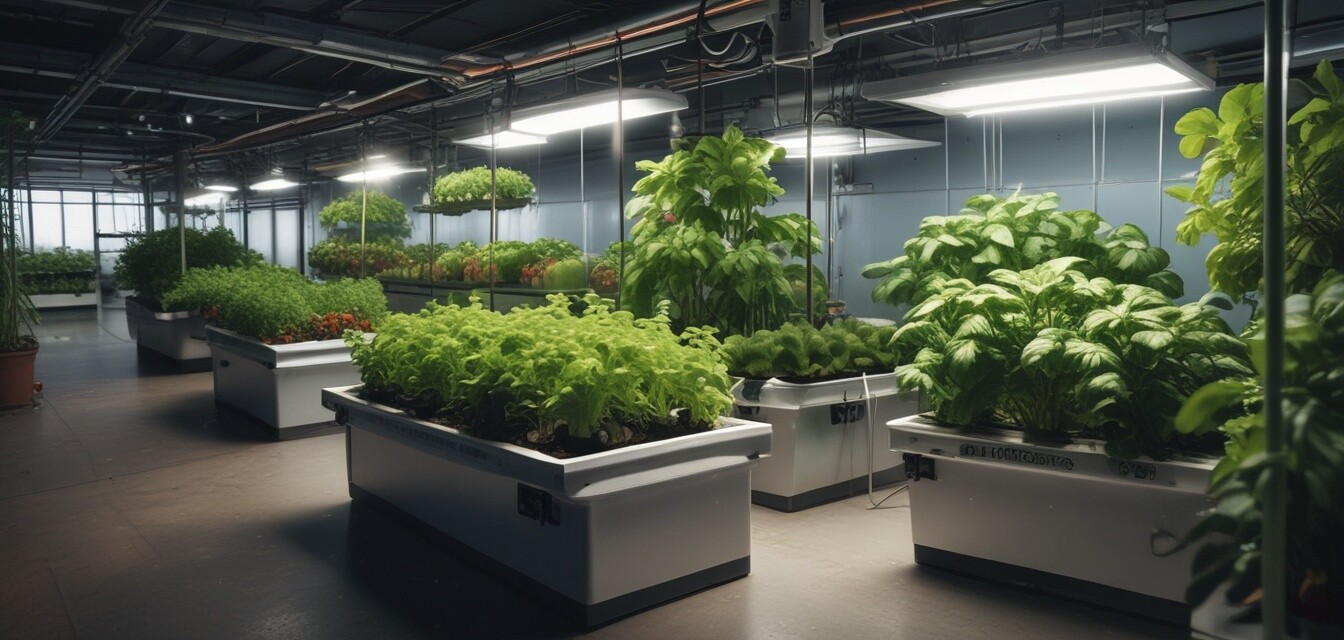
The ultimate comparison of hydroponic systems
Key Takeaways
- Hydroponic systems provide an efficient way to grow plants without soil.
- Different systems vary in complexity, plant types, and care requirements.
- Assess your space, budget, and gardening goals before choosing a system.
- Popular systems include AeroGarden and Rise Gardens, each with unique features.
Hydroponic gardening is a rewarding activity, allowing you to grow plants in a soil-less environment. With various systems available on the market, it can be challenging to decide which one is right for you. In this article, we will compare several hydroponic systems, evaluate their pros and cons, and provide recommendations to help you choose the best one for your gardening style and needs.
What is hydroponics?
Hydroponics is a method of growing plants using a nutrient-rich water solution without soil. This growing technique can lead to faster growth rates and higher yields compared to traditional soil gardening. It’s ideal for urban environments, small spaces, and even for those with limited access to land. Hydroponic systems vary widely, from simple DIY versions to sophisticated automated setups.
Different types of hydroponic systems
Here are some common hydroponic systems you might consider:
- Deep water culture (DWC)
- Nutrient film technique (NFT)
- Drip systems
- Vertical hydroponics
- Aeroponics
Comparing popular hydroponic systems
To give you a better idea of what is available, we’ve compared two popular hydroponic systems: the AeroGarden Sprout and the Rise Gardens 2 Level Hydroponic Indoor Garden Kit.
| Feature | AeroGarden Sprout | Rise Gardens 2 Level Hydroponic Kit |
|---|---|---|
| Plant Capacity | Up to 3 plants | Up to 72 plants |
| Light Type | LED grow lights | Full-spectrum LED lights |
| Smart Technology | No | Yes, with an app for guidance |
| Size | Compact indoor setup | Modular; stackable for space efficiency |
| Included Accessories | Herb seed kit and nutrients | Variety pack, trays, net cups, pH balance kit |
In-depth look at popular hydroponic systems
AeroGarden Sprout - Indoor Garden with LED Grow Light, Black
AeroGarden Sprout
An innovative indoor garden that grows up to 3 plants at once, equipped with efficient LED lights designed for optimal plant growth.
Learn MoreRise Gardens 2 Level Hydroponic Indoor Garden Kit with LED Grow Light
Rise Gardens 2 Level Garden Kit
Grow up to 72 plants simultaneously with full-spectrum LED lights and smart technology to make gardening easier.
Learn MorePros and cons of hydroponic systems
Pros
- Efficiency in water usage.
- Ability to grow plants in limited space.
- Faster plant growth and better yields.
- Year-round cultivation independent of climate.
Cons
- Initial setup costs can be high.
- Requires monitoring and maintenance.
- Potential technical issues with equipment.
Conclusion
Choosing the right hydroponic system depends on your gardening goals, space availability, and budget. The AeroGarden Sprout is great for beginners who want to start small, while the Rise Gardens 2 Level system offers greater capacity and intelligent features for those who want to dive deeper into the world of hydroponics. Whichever system you select, hydroponics can be a fruitful and enjoyable way to grow your own food.
Tips for beginners
- Start with a simpler system before moving to more complex setups.
- Research the plants you want to grow for specific requirements.
- Monitor nutrient levels regularly to ensure optimal growth.
- Consider setting up your garden near a natural light source if possible.
To explore more about hydroponics, check out our Introduction to Hydroponic Gardening guide. If you're looking for specific equipment recommendations, our Equipment and Supplies resource is a must-read. And for some DIY inspiration, don't forget to visit our DIY Hydroponic Systems page.


